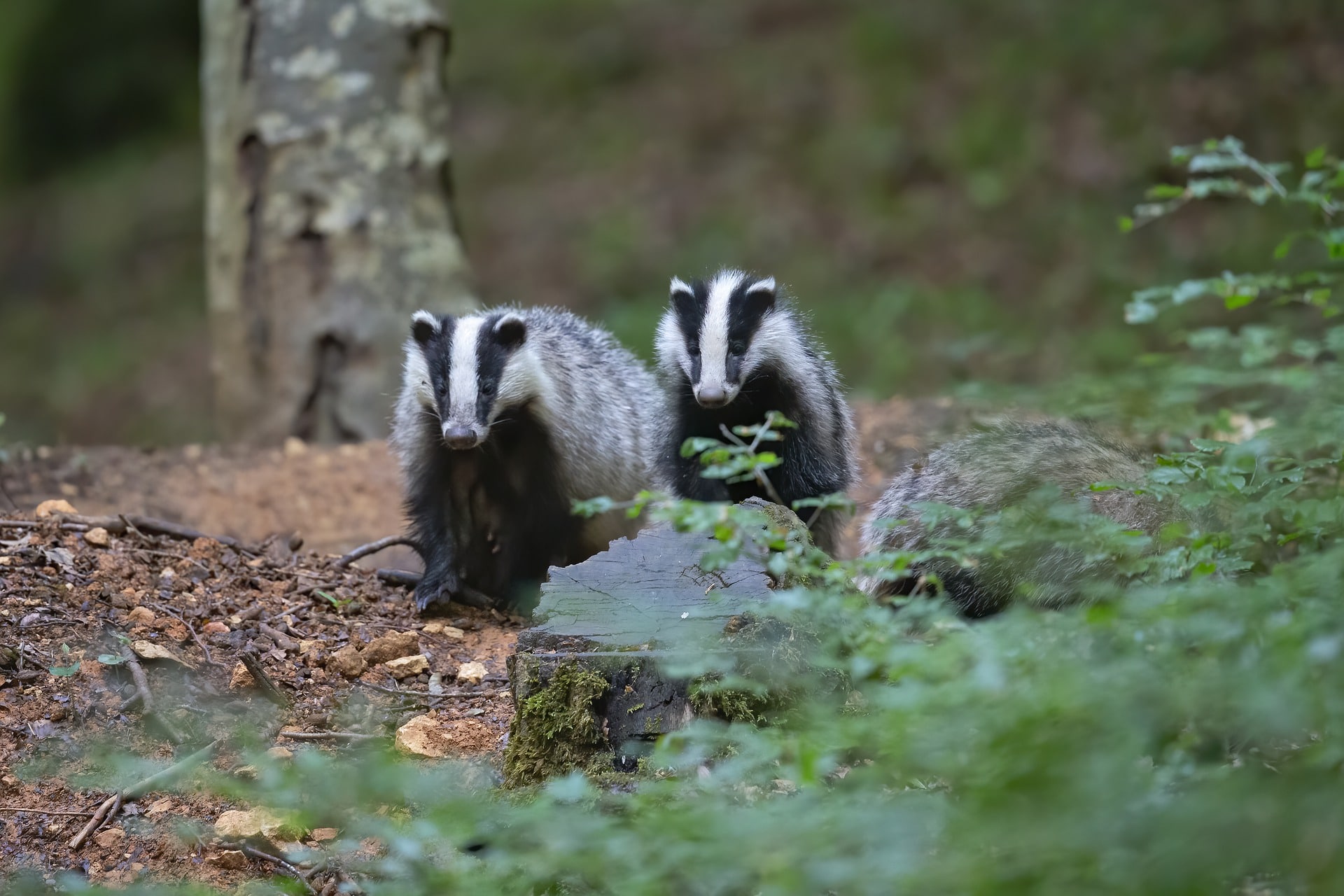Contact us today for a free quote.
Badger Survey Methodology and Techniques
Surveying for Badgers
In a recent article, we discussed the requirement for a badger survey if there were any signs of badger activity on or close to a development site. The reason for this is because it is against the law to intentionally obstruct access to a badger sett or to disturb a badger whilst using its sett. There are two distinct types of badger survey methodology and techniques to identify whether badgers are present on a site, and if so, we can also determine how many badger groups there are, and the size of each clan.

Badger Survey Methodology: Timing
As shown on our ecological survey calendar, a badger survey can be carried out at any time during the year. Updated surveys should be undertaken immediately before any development work, such as construction, takes place as badgers can colonise sites very rapidly and have the ability to excavate new setts very quickly.
It is for this reason that further, periodic updated surveys should be undertaken throughout the development project to ensure compliance with the Protection of Badgers Act.
Badger Survey Methodology and Best Practice
A badger survey should always be carried out by a qualified Ecologist with the appropriate licences. The Ecologist will usually undertake the survey using best practice techniques, then they will provide a report detailing the results. If the results of the survey shows signs of badgers on the site, recommended badger mitigation techniques will be detailed in the report.
Badger Survey Methodology: Standard Badger Surveys
A standard badger survey will be carried out to decide whether or not badgers and active badger setts are actually present on the development site. Many Ecologists will consider consulting with local record centres as their first step in undertaking a standard badger survey. This will help to obtain any records and information on badgers in the area.
Standard badger survey methodology involves observing and recording any tell tale signs of badgers on the site. The typical signs of badgers on a development site include:
- Badger sett entrances
- Large heaps of soil outside sett entrances;
- Dung pits
- Badger paths
- Badger footprints
- Scratching posts.
If a badger sett is found, this is usually monitored to find out whether the sett is being used by badgers.
Badgers can be observed around their setts during the night using infra-red video surveillance technology. This can provide evidence of badgers, as well as giving an estimation on population sizes. Sticky tape may also be placed at the entrance of a sett to catch the hairs of any badgers as they enter the sett.
Badger Survey Methodology: Badger Bait Marking Surveys
Dung pits are used by badgers to mark their territories. This is extremely helpful to Ecologists as it can help us to determine the territorial boundaries of badger social groups, also known as clans. This type of survey is known as a badger bait marking survey and is carried out using a combination of peanuts, syrup, and harmless, indigestible plastic pellets as bait. The bait is then placed close to badger setts so that we can gain an understanding of the extent of a badger clan’s territory.
The plastic pellets placed at each sett are different colours, which will be visible within the badger’s droppings, providing us with an understanding of these social groups by examining the coloured pellets in the dung pits.
How Can Collington Winter Assist?
Collington Winter can assist your development by carrying out best practice badger survey methodology and techniques to assist with your development planning and licence applications. We can further assist by providing badger mitigation and badger sett closure if required.
Please get in touch with our Ecology Director Olivia Collington (Olivia.collington@collingtonwinter.co.uk) for more information on protected species surveys (such as in relation to Bats, Great Crested Newts, Reptiles, Birds, Water Voles or Badgers) and mitigation. We also provide ecological appraisal and assessment services and various landscape architecture services.
Contact Us
Registered Address
23 Bark Street East, 1st Floor, Bolton, BL1 2BQ
Cambridge Office
Future Business Centre, Cambridge Campus, Kings Hedges Road, Cambridge, CB4 2HY
Telephone
Head Office: 01204 939 608
Dumfries Office: 01387 378208

